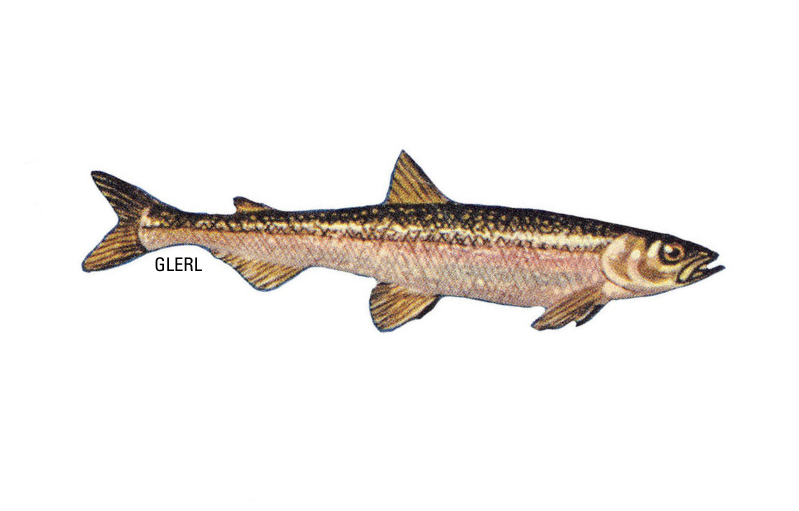RAINBOW SMELT (smelt, biijimaagazehns)
TASTE AND NUTRITION
Smelt are oily, and their flesh has a soft texture. Their odor is like freshly cut cucumber. Lake smelt are considered less oily than saltwater smelt. Most smelt are headed and gutted, but people eat them with the bones intact. They have omega-3 fatty acid levels (EPA and DHA) more than twice the levels in Atlantic cod.
HOW THEY ARE HARVESTED
Smelt are caught by gill nets close to shore as they migrate to spawn in rivers. In Minnesota, they can be seined from the shore. There is a trawl fishery for smelt in the Two Rivers area, although the smelt population in Lake Michigan has recently been extremely small.
PEERING THROUGH THE SMELT CRYSTAL BALL
A 47-min. episode from the INTRODUCED podcast. Produced by Wisconsin Sea Grant.


